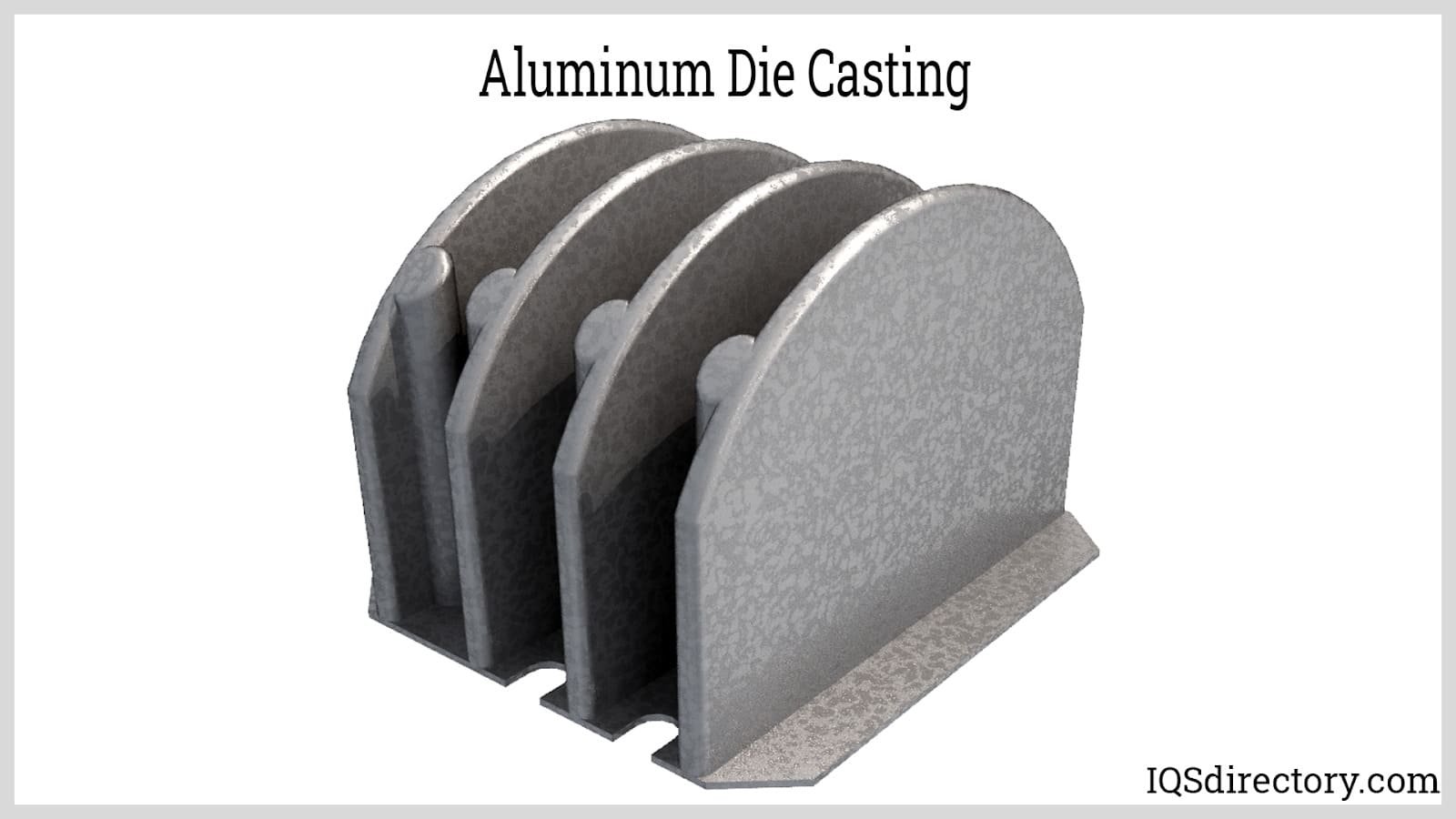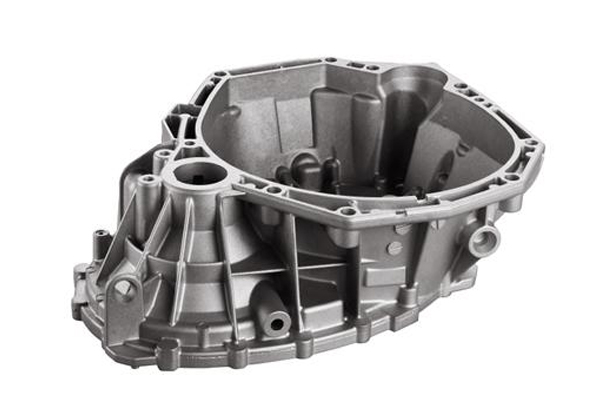How Aluminum Foundry methods create reliable components
The Many Uses Light Weight Aluminum Castings: A Comprehensive Guide for Market Professionals
Aluminum castings play an important function throughout various industries, thanks to their distinct buildings. These durable and lightweight elements are essential in automotive and aerospace applications. Recognizing their advantages and the production processes entailed can substantially influence efficiency and efficiency. As innovation advances, brand-new developments proceed to arise. Sector specialists need to consider these aspects to make enlightened choices. The implications of these developments are worth discovering further.
Benefits of Light Weight Aluminum Castings in Different Industries
Aluminum castings offer numerous benefits throughout various markets, making them a recommended option for many applications. Among the primary advantages is their lightweight nature, which adds to general energy effectiveness in transportation and machinery. This lowered weight additionally improves convenience of handling and installment, bring about reduced labor expenses.
In addition, light weight aluminum castings show outstanding corrosion resistance, prolonging the life expectancy of parts in rough environments. Their thermal and electrical conductivity permits effective heat dissipation and efficient electrical applications.
Additionally, aluminum can be easily alloyed and controlled, enabling the creation of complicated forms and styles that satisfy particular design needs. This convenience sustains advancement in industries such as automobile, aerospace, and durable goods.
Last but not least, the recyclability of aluminum aligns with sustainable techniques, making it an eco-friendly choice for contemporary manufacturing. Generally, the advantages of aluminum castings position them as important products in numerous markets.
Secret Production Processes for Aluminum Castings
A variety of manufacturing processes are made use of to produce aluminum castings, each customized to satisfy certain application needs and production quantities. Among one of the most typical methods are sand casting, pass away casting, and investment spreading.

Investment spreading, also recognized as lost-wax spreading, supplies phenomenal surface finishes and complex details, often made use of for smaller sized, precision parts. In addition, gravity spreading uses the force of gravity to load molds, appropriate for bigger spreadings where precision is less vital. Each process has its advantages, accommodating varied industrial requirements while taking full advantage of effectiveness and top quality in aluminum casting production.
Applications of Light Weight Aluminum Castings in Automotive and Aerospace
In numerous applications within the aerospace and automobile industries, light weight aluminum castings play a crucial role as a result of their lightweight residential or commercial properties and superb strength-to-weight ratio. In the automobile field, elements such as engine blocks, transmission cases, and wheel rims are often created utilizing light weight aluminum spreadings. These parts take advantage of reduced weight, resulting in improved gas effectiveness and boosted performance.
In aerospace, aluminum spreadings are vital for structural parts, consisting of airplane frames, landing gear, and engine housings. The material's resistance to rust and capacity to stand up to heats make it ideal for these demanding applications. Additionally, aluminum castings help with complex geometries, making it possible for the layout of complex components that add to overall aircraft efficiency.
Innovations and Innovations in Aluminum Casting Technology
As sectors proceed to check my source develop, developments in aluminum casting technology are driving significant renovations in performance and efficiency. Advanced methods such as 3D printing and spreading simulation software program have changed typical methods, enabling a lot more precise designs and lowered waste. These innovations enable producers to produce intricate geometries that were formerly unattainable, enhancing the flexibility of aluminum spreadings.
Additionally, the advancement of new alloy make-ups and therapy techniques has enhanced mechanical properties, making castings lighter yet more powerful. Automated procedures are additionally being integrated, minimizing human error and boosting production rate.

Ideal Practices for Selecting and Making Use Of Light weight aluminum Castings
When making use of and selecting light weight aluminum spreadings, careful factor to consider of specific requirements can significantly visit our website affect the end product's performance and durability. Market specialists need to assess the certain application requirements, consisting of load-bearing abilities, deterioration resistance, and thermal conductivity. Choosing the ideal alloy is essential, as different alloys supply varying staminas and features.
Furthermore, comprehending the casting procedure-- whether sand casting, pass away casting, or investment spreading-- will certainly affect the end product's quality and cost-effectiveness. Quality control measures, such as non-destructive screening and dimensional inspections, are necessary to ensure that the spreadings satisfy market criteria.
Furthermore, appropriate handling and storage space of aluminum spreadings can avoid damage, ensuring peak performance. Working together with reputable vendors that prioritize high quality control can boost the dependability of the finished components. By sticking to these ideal practices, market experts can take full advantage of the benefits of aluminum spreadings in their applications.
Often Asked Questions
What Are the Ecological Impacts of Aluminum Casting Production?
Light weight aluminum casting manufacturing can bring about significant ecological impacts, consisting of greenhouse gas discharges, power usage, and resource deficiency. In addition, improper waste monitoring might cause soil and water contamination, impacting regional ecological communities and neighborhoods.
Just How Do Light Weight Aluminum Castings Compare to Other Steel Castings?
Aluminum castings are lighter and corrosion-resistant contrasted to various other steel castings like iron or steel. They use premium thermal and electrical conductivity, making them optimal for applications where weight and toughness are critical aspects.
What Is the Cost Distinction In Between Light Weight Aluminum and Various Other Materials?
The cost of light weight aluminum spreadings generally varies from modest to high, typically much more inexpensive than stainless-steel but more expensive than some plastic choices. Aluminum Castings. Factors such as production complexity, product, and quantity requirements greatly influence general pricing
Can Aluminum Castings Be Reused?
Aluminum spreadings can without a doubt be recycled. This procedure considerably reduces power consumption and environmental impact compared to generating brand-new light weight aluminum, making reusing an important practice in promoting sustainability and source preservation within different sectors.
What Security Actions Should Be Taken Throughout Light Weight Aluminum Casting Processes?
Throughout light weight aluminum spreading processes, vital safety procedures consist of wearing safety gear, making certain appropriate ventilation, using heat-resistant tools, keeping devices, and following safety methods to stop exposure to unsafe materials and lower the danger of crashes. (Metal Castings)
Sand spreading entails producing a mold and mildew from sand, permitting for large spreadings and complex forms. Financial investment casting, likewise understood as lost-wax casting, provides extraordinary surface area finishes and complex information, usually used for smaller sized, accuracy elements. Additionally, gravity spreading uses the force of gravity to fill up mold and mildews, suitable for larger castings where precision is much less vital. Furthermore, comprehending the spreading procedure-- whether sand casting, die spreading, or investment casting-- will certainly influence the last product's top quality and cost-effectiveness. Light weight aluminum castings are lighter and corrosion-resistant contrasted to various other metal castings like iron or steel.